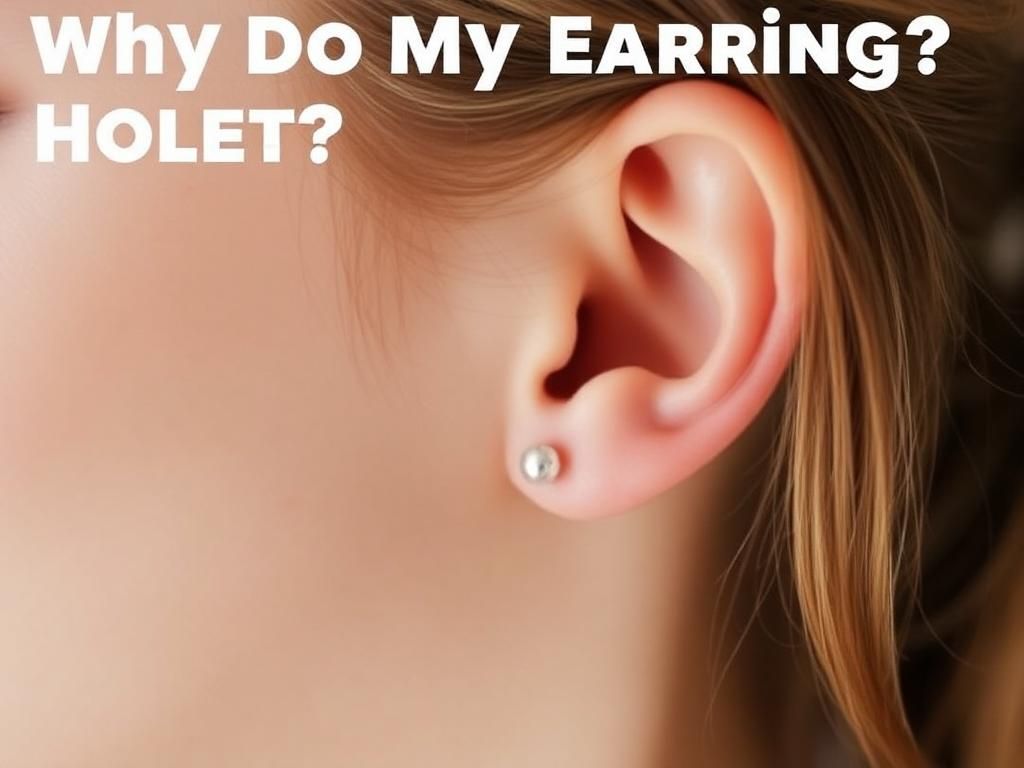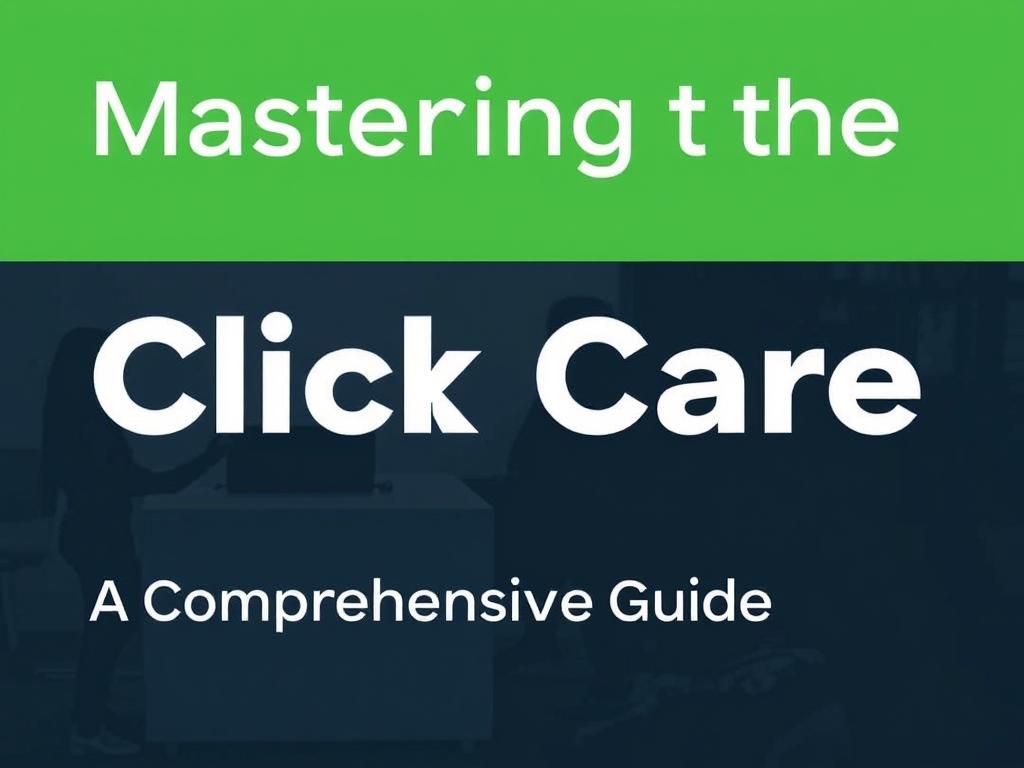Earring holes are the small openings in your earlobes created by piercing, allowing you to wear delightful jewelry and express your personal style. However, sometimes these treasured adornments can lead to discomfort, causing you to ask, “Why do my earring holes hurt?” Addressing such discomfort is vital not only for comfort but also to prevent any long-term complications associated with painful earlobe piercings. This comprehensive article will delve into the common causes of earring hole pain, provide preventive measures, share personal experiences, and discuss when to seek professional help.
Common Causes of Earring Hole Pain
Infection
Infection is one of the most common reasons behind painful earring holes. When germs enter the piercing site, they can cause inflammation and discomfort. Signs of infection to look out for include redness, swelling, and discharge from the hole. Bacteria such as Staphylococcus aureus are frequently responsible for these infections. Treatment usually involves antibiotics and maintaining proper cleaning routines. Cleaning with saline solution can also help reduce the risk of infection.
Allergic Reactions
Many people experience allergic reactions to certain metals used in jewelry, such as nickel or even some types of silver. An allergic reaction might manifest in symptoms like itching, redness, and swelling around the earring hole. If you suspect you have a metal allergy, consider switching to hypoallergenic materials like titanium or surgical stainless steel. These materials are less likely to cause reactions.
Trauma or Injury
Trauma can also lead to earring hole pain. Accidental pulling of earrings or wearing heavy earrings can injure the tissues around the hole. The signs of trauma include pain, swelling, and bruising. To manage minor injuries, apply a cold compress and avoid further irritation of the area. If the pain persists, it is essential to consult a professional.
Improperly Sized or Uncomfortable Earrings
The weight and size of earrings can significantly impact your comfort level. Heavy or poorly fitting earrings can create tension on the earlobe, leading to pain. It is crucial to select the right earrings based on your earlobe anatomy. When shopping for earrings, opt for lighter options or those with a better fit to prevent any discomfort.
Preventive Measures to Avoid Pain
Choosing the Right Jewelry
Selecting appropriate jewelry is crucial for preventing earring hole pain. Always choose hypoallergenic and light-weight options that minimize strain on your earlobes. Check earrings for sharp edges or any part that may irritate the surrounding skin.
Proper Care and Maintenance
Keeping your earrings and earlobes clean can prevent infections and irritation. Establish a cleaning routine that includes wiping earrings with an antiseptic solution and gently cleaning your earlobes. Regularly inspect your earrings for any signs of irritation or infection.
Healing and Aftercare for New Piercings
Proper aftercare is essential for those with new piercings. Use recommended healing products such as saline solutions and antiseptics. Additionally, avoid activities that may disturb the piercing, like swimming or sleeping on your earrings, to promote healing.
When to Seek Professional Help
Signs You Should Consult a Doctor
There are certain signs that indicate when it’s time to seek professional help regarding earring hole pain. Severe pain, significant swelling, and persistent redness or discharge could signify a more serious underlying issue. Systemic reactions such as fever and chills should also prompt immediate medical attention.
Professional Treatment Options
In cases of infection, medical interventions like prescribed antibiotics may be necessary. If you experience complications such as keloids, your doctor may recommend surgical options for treatment. Understanding when to consult a professional is crucial for effective relief.
Personal Experiences and Testimonials
Many individuals have shared their experiences regarding earring hole pain. One user noted that switching to titanium earrings significantly reduced discomfort, while another mentioned developing a strict cleaning routine that improved their overall ear health. These anecdotes highlight how small changes can lead to significant improvements in ear comfort.
FAQ Section
1. What should I do if my earring holes are painful?
If your earring holes are painful, check for signs of infection and consider switching to hypoallergenic earrings. Maintain good hygiene and consult a doctor if symptoms persist.
2. How can I identify if I have a metal allergy?
Symptoms of a metal allergy include itching and redness around the earring hole. If you suspect an allergy, consider seeing an allergist for testing.
3. Can I swim with newly pierced ears?
It is generally advised to avoid swimming for at least six weeks after getting new ear piercings to reduce the risk of infection.
4. How can I tell if I have an infection?
Signs of infection include increased pain, swelling, redness, and discharge from the earring hole. If these symptoms occur, seek medical advice promptly.
5. What are some hypoallergenic materials for earrings?
Some hypoallergenic materials include titanium, surgical stainless steel, and gold that is at least 14k.
6. Should I remove my earrings if they hurt?
If your earrings are causing excessive pain or discomfort, it may be wise to remove them and consult a doctor, especially if the pain persists.
7. How can I prevent painful earring holes?
To prevent pain, choose lightweight and hypoallergenic earrings, maintain cleanliness, and avoid heavy or oversized designs.
8. What type of professional can assist with earring hole pain?
A dermatologist can help with skin-related issues, while an allergist can assist with metal allergies, and a general practitioner can address infections.
9. How long should I wait before changing earrings?
Typically, you should wait at least 6-8 weeks before changing earrings to allow the piercing to heal properly.
10. Is it normal for new earring holes to hurt?
Some discomfort can be expected with new piercings due to swelling, but persistent pain or severe symptoms should be addressed by a professional.
| Cause | Symptoms | Treatment |
|---|---|---|
| Infection | Redness, swelling, discharge | Antibiotics, saline cleaning |
| Allergic Reactions | Itching, redness, swelling | Hypoallergenic jewelry, topical creams |
| Trauma | Pain, swelling, bruising | Cold compress, rest |
| Improper Earrings | General discomfort | Choose appropriate size and weight |
This overview of potential causes and treatments for earring hole pain aims to clarify the various factors involved and provide practical advice for maintaining comfortable and healthy piercings. Remember to listen to your body and seek help if needed—your comfort and health should always come first.


